Dust as we are, the immortal spirit grows
Like harmony in music; there is a dark
Inscrutable workmanship that reconciles
Discordant elements, makes them cling together
In one society.
William Wordsworth
Feature Image: The sculpture Reconciliation by Vasconcellos showing two former enemies embracing each other. It was erected in 1995 in the north aisle of the ruins of St Michael’s Cathedral, Coventry.
I was reminded recently that twists of fate can work in many and curious ways. Young Erwin (name changed) came from Germany in the 1930s to study medicine at Cambridge and so survived the Holocaust in which most of his family perished.
Erwin graduated and was commissioned into the Royal Army Medical Corps, later becoming a prominent member of the medical profession in this country.
He was also initiated into Freemasonry and in time became a member of a German-speaking lodge in London.
This lodge, because of its international status, made and received regular visits to and from lodges in continental Europe, mostly in Germany, but Erwin could not be persuaded to join any of the visits to the country of his birth, not out of any direct hatred, but simply due to a very uncomfortable feeling in the company of anybody he felt might, even remotely, have had a part in the terrible events surrounding the Holocaust.
His friends in the lodge tried to persuade him to join them on one such visit, and he finally, reluctantly, agreed.
The experience proved, in his own words, almost unbearable.
He had an aversion to almost all the places they went, almost all the people they met. True, the bonds of the brotherhood of Freemasonry did a lot to diminish these effects, but overall the visit was not a success from his own personal standpoint.
He told me that he found himself standing in the street looking at the people around him and thinking ‘were you perhaps one of them?’ and again ‘perhaps you?’ or ‘you look as though you might have…’
The twists of our imagination in a situation like that are indeed cruel. Erwin made up his mind not to repeat the experience.
Over the years which followed, the reciprocal visits continued.
The lodge received a visit from a lodge in Frankfurt. The Master of the lodge, Wolfgang (name also changed), of a similar age to Erwin, had grown up in a different part of Germany, had been to university, and like thousands of his countrymen was called up to fight in what everybody had been led to believe was a good cause.
He described to me his sense of dawning horror, in 1945, on learning of the atrocities of the Third Reich.
Wolfgang struck up a more than casual friendship with Erwin.
At some point, Erwin invited Wolfgang to stay with him at his home in London, and the friendship deepened.
Eventually, Wolfgang asked Erwin why it was that he never accompanied the lodge on its visits to Germany, and after a while Erwin told him.
Wolfgang didn’t try to persuade him against his will. But some time later he said to him:
‘Look, I cannot begin to imagine what you suffer because of the Holocaust, and I cannot of course argue against the feelings it has implanted in you against my countrymen, but you and I meet on the square, and the bonds of our brotherhood rise above everything else.
In our lodges, you and I are one. Outside the lodge, there may be all kinds of influence that could divide us, but if you can surmount those obstacles which alienate you from my country, I can tell you that you will be the richer for it.
If you give in, and allow mistrust and hatred to take up residence, the evil-doers will have won the victory.’
I don’t have to tell you that faced with the shining light of such a truth Erwin started to heal.
He subsequently made many visits to Germany – Masonic and otherwise – made many good and lasting friendships, was decorated by the United Grand Lodges of Germany for services to Freemasonry and came to be grateful to Wolfgang for his gentle intervention.
This is only a passing example perhaps of what our answer can be to man’s inhumanity to man.
Are we to be forever crushed by evil and allow it to distort our lives, or to show what Immanuel Kant called ‘man’s limitless capacity for good’?
An outrage perpetrated against humanity from any quarter merits a real humanitarian involvement on our part to right the wrong.
We should not lose sight of the fact that in a uniquely Masonic way, the same spirit that united Erwin and Wolfgang to such good effect on a personal level does inspire men and women everywhere to acts of understanding, tolerance and reconciliation.
Article by: Julian Rees

Julian Rees was initiated into Freemasonry in 1968 in Kirby Lodge No. 2818, London and was Master in 1976/77 and again at the centenary of the Lodge in 1999/2000. He joined many other UGLE Lodges.
He has been a regular contributor to Freemasonry Today since its founding in 1997 and from 2003 to 2007 he was Deputy and News Editor.
He was appointed active Junior Grand Deacon in the United Grand Lodge of England in 2007. In 2011 he left UGLE and joined the International Order of Freemasonry for Men and Women Le Droit Humain. He remains a well-published and respected Masonic author.
web site: www.julianrees.com

Making Light Handbook For Freemasons
by Julian Rees
At last an easy-to-read guide to the path of self-knowledge and self-improvement that is Freemasonry. This volume takes the reader through each of the three degrees of Craft Freemasonry, explaining how best to gain insight from the study and application of these teachings.
For the newly made Mason, this book provides an explanation of the ceremony and a glossary of Masonic terminology. It also provides a similar guide for future degrees of Masonic progression.
For the experienced Freemason it illustrates interesting and largely unknown aspects of the symbolism of the three degrees. To discover the true Masonic secret, we have to work to bring it forth; this book is the manual for that great work.

Tracing Boards of the Three Degrees in Craft Freemasonry Explained
by Julian Rees
Although most Freemasons will be familiar with the Tracing Boards – painted or engraved illustrations developed in the early years of Freemasonry which are used in Lodges to illustrate Masonic symbols and allegories during degree ceremonies and lectures – little has been published on them.
The Tracing Boards are an essential part of the three Craft Degrees, assisting the Freemason in his quest to decode and interpret those allegories.
There is no publication which adequately explains the Tracing Boards, their use and meaning of their symbolism, and Tracing Boards of the Three Degrees in Craft Freemasonry Explained fills that gap.
The first three chapters give a detailed method of understanding and revealing the import of the three craft boards, based on those used in the three degrees by the Emulation Lodge of Improvement, known as the Harris Boards, which contain the elements of most of the Tracing Boards used in Lodges throughout England.
The fourth chapter gives a brief overview of the history and the development of Tracing Boards in England, with some fascinating illustrations of long-forgotten boards.
In the fifth chapter the author draws in many Tracing Boards and Lodge Cloths from other countries, particularly from the USA, and from other Masonic jurisdictions, bringing the art-form right up to the 21st century.
This book is richly illustrated and features boards never before seen outside museums.
Julian Rees was for some years on the Precepting Committee of the Emulation Lodge of Improvement in London. He has been a regular contributor to the quarterly magazine Freemasonry Today since its founding in 1997.
In 2003, he joined the editorial team as deputy and news editor, and in the same year delivered the prestigious Wendel K. Walker Memorial Lecture in New York entitled Through Ritual to Enlightenment.
He was one of the founding members of The Cornerstone Society, serving as Secretary for a number of years, and has lectured extensively to lodges in this country and abroad.
Rees has been honoured by the Institut Maçonnique de France with the Ordre Maçonnique de Lafayette.
He is now a member of the International Order of Freemasonry Le Droit Humain in England.
He is the author of Making Light – A Handbook for Freemasons, The Stairway of Freemasonry, Ornaments Furniture and Jewels and So You Want To Be A Freemason?
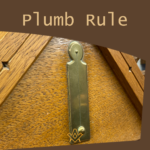 The infallible Plumb Rule, which, like Jacob’s Ladder, connects Heaven and Earth, is the criterion of rectitude and Truth. It teaches us to walk justly and uprightly … |
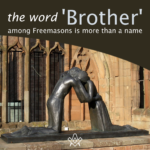 Brother among Freemasons is more than a name Are we to be forever crushed by evil and allow it to distort our lives ? Or maybe we can learn a lesson of understanding, tolerance and reconciliation. |
 Light symbolises knowledge, and darkness symbolises ignorance |
 Ritual. Why are we doing this repeatedly, over and over again. We all know the words. What is the point? |
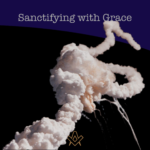 Feelings, instincts, can be our best defence against mistake or attack. |
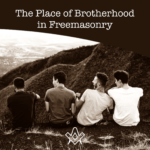 The Place of Brotherhood in Freemasonry To what extent are the fraternal relations between my fellow Freemasons and myself different to those which I hold with my neighbours and friends? |
 The mind is not a vessel to be filled, but a fire to be kindled. |
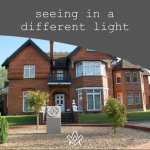 Further in-site into The International Order of Freemasonry for Men and Women Le Droit Humain which has been implanted in the United Kingdom since 1902 and is today the standard-bearer of the Order in this country. |
 Introduction to Co-Freemasonry A brief introduction to universal Co-Freemasonry - Le Droit Humain, Freemasonry for both Men and Women |
masonic knowledge
to be a better citizen of the world
share the square with two brothers

click image to open email app on mobile device
Tubal Cain
Masonic Apron NFT
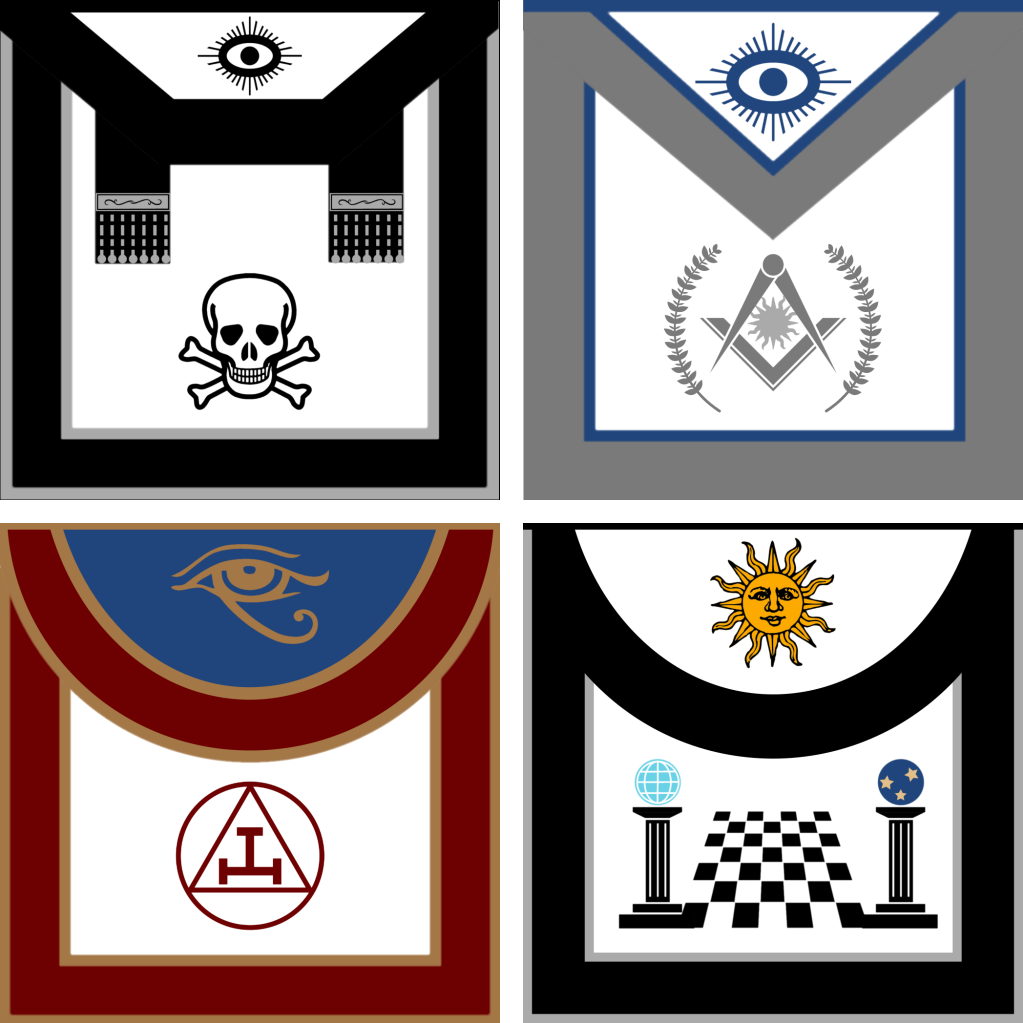


Each NFT includes the JPEG image plus a full size masonic apron and shipping worldwide








